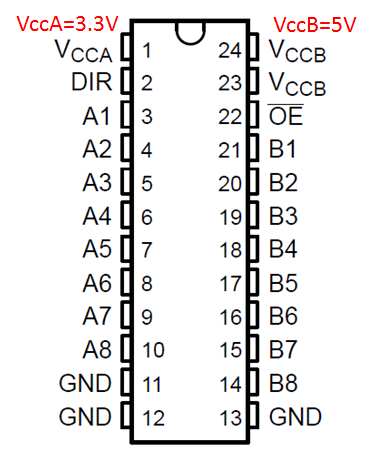Part Number:TLV62568
Hello,
I have a Li-ion 18650 cell battery pack of 1s5p configuration. I am employing a Boost converter (TPS61089) to obtain Vout=5V @Iload=2A.
I am supplying three loads with the boost converter output. on of them is a step-down converter TLV62568 taking input supply from TPS61089 and
giving an output of Vout=3.3V @Iload=1A, I am powering a MPS432P401 with the output of buck converter. This is the block diagram;
My questions are;
Q1. Will I encounter any noise in the supply given to MSP432 by TLV62568? If yes then what type of precaution I need to consider?
Q2. Does the noise from a converter affect the normal operation of MSP432?
Q3. Will the output of TPS61089 be noise free? If not what precautions I need to consider?
Q4. Is there a possibility of noise entry from boost converter TPS61089? Any specific measures that I need to consider?
Thanks and regards
Swaroop



